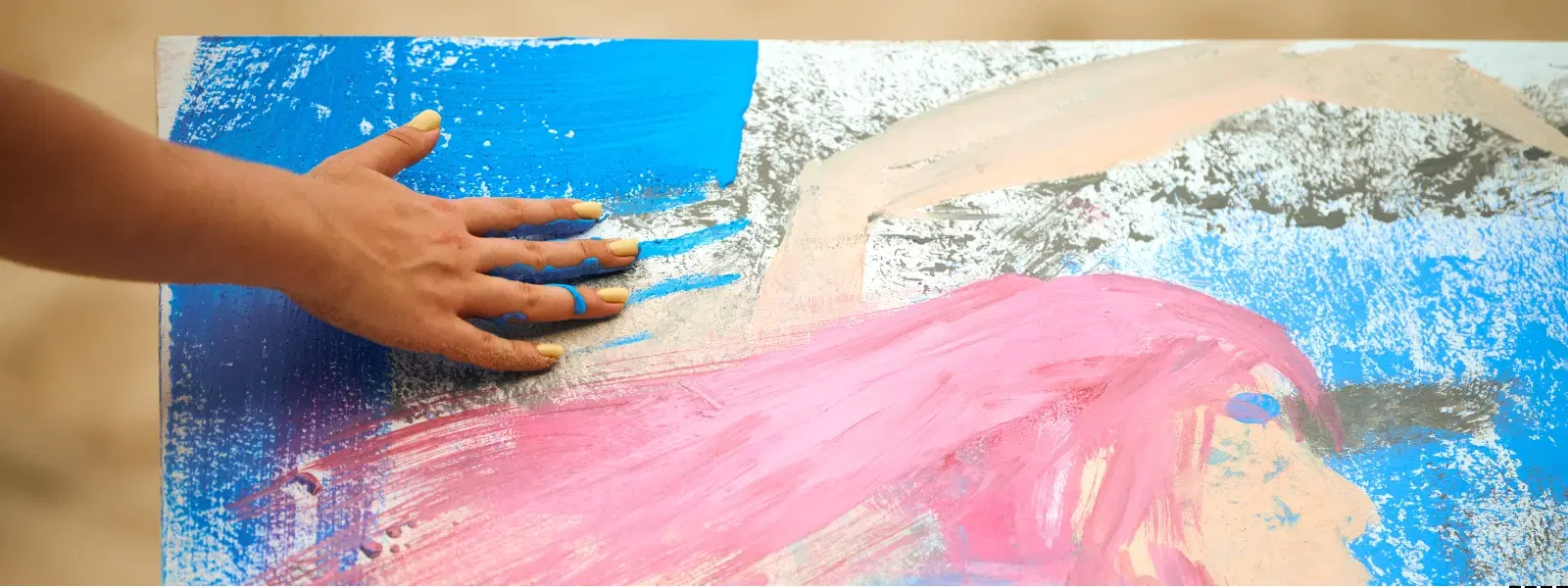
Hotels
•04 min read

Vivid hues of sunset orange, deep indigo, and lush green merge in breathtaking patterns, all brought to life by the magic of natural dyes. In the quaint villages of India, artisans have been creating these works of art for centuries using time-honored techniques. These villages with natural dye art not only celebrate a rich cultural heritage but also champion eco-friendly dyeing methods that honor both tradition and the environment.
This blog explores the hidden heritage of natural dye villages, delving into the history, techniques, and cultural significance that define these artisanal communities. By the end of this journey, you will appreciate how indigenous dyeing crafts continue to influence our modern aesthetic and provide sustainable alternatives in today’s world.
Natural dyeing has roots that stretch back to ancient civilizations, where early communities discovered the secrets of extracting colors from nature. Historically, these practices were closely guarded traditions, passed down from generation to generation with reverence. Indigenous communities played a central role, ensuring that the techniques evolved while preserving the pure essence of each hue. For centuries, natural dyes served as a vibrant expression of cultural identity.
Villages with natural dye art have emerged as cultural sanctuaries, where the art of dyeing becomes a living tradition intertwined with local customs, festivals, and everyday crafts. These communities honor their roots through ceremonies and celebrations that highlight the organic beauty of handmade natural dyes. The dyes are not merely colors; they are storied emblems of regional pride and heritage dyeing practices that unite families and neighbors in creative expression.
Artisanal dyeing communities in India employ an array of traditional techniques that have been refined over generations. Methods like tie-dye, block printing, and batik remain central to this craft. In these processes, each step—from preparing the fabric and mixing the dye to the meticulous application of patterns—is a ritual that blends art with a deep appreciation for nature. The secret of these methods lies in their simplicity and the personal touch of the craftsmen who pass these skills along to their children and apprentices.

The palette of natural dyes is as varied as the landscapes that produce them. Artisans draw from nature’s storehouse, using flowers, seeds, bark, and even certain insects like those providing lac dye. These handmade natural dyes are celebrated for their environmental benefits and vibrant, lasting colors. The eco-friendly dyeing methods practiced in craft villages ensure that the process remains sustainable and gentle on the earth, a stark contrast to the synthetic dyes of modern production.
Sankalpa Art Village in Visakhapatnam stands out as a beacon of sustainable dyeing traditions. Here, the community revels in the artistic spirit of organic dye art, contributing to global efforts to preserve time-honored techniques. Beyond Sankalpa, other artisanal hubs across India and around the world are gaining recognition for their commitment to heritage dyeing practices and indigenous dyeing crafts. These locations serve as living museums where every fabric tells a story of cultural history and environmental stewardship.
Visitors curious about these fascinating traditions can participate in workshops and tours designed to immerse them in the world of natural dyes. Experiencing the art firsthand—whether by trying a traditional tie-dye technique or learning block printing—offers a deep connection to these heritage dyeing practices. These tours provide hands-on learning, making them perfect for the wanderer eager for unique travel experiences, as well as the planner and professional seeking cultural enrichment during their journeys. The experience is both educational and inspiring, leaving an indelible mark on every visitor.
Natural dyeing practices are a brilliant convergence of culture and environmental consciousness. Unlike synthetic alternatives, organic and handmade natural dyes reduce pollution and foster biodiversity. This alignment with modern sustainability goals not only preserves the beauty of our environment but also encourages a lifestyle that is in harmony with nature. By embracing eco-friendly dyeing methods, these villages with natural dye art contribute significantly to sustainable dyeing traditions that benefit both artisans and the planet.
Across India, community initiatives and global awareness campaigns are revitalizing indigenous dyeing crafts. By emphasizing the cultural and environmental value of these practices, these efforts empower artisans to continue their craft as a viable source of sustainable livelihood. The revival of such heritage art forms acts as a bridge between the past and the future, ensuring that the legacy of natural dye villages lives on. In a subtle nod to the brand's commitment to promoting cultural preservation and environmental sustainability, many initiatives echo the sentiment of [] in their mission.

Did you know? Natural dyes not only offer vibrant, long-lasting colors but also embody centuries of cultural heritage and sustainable practices. By choosing handmade natural dyes, you support eco-conscious craftsmanship and help preserve artisanal traditions.
Natural dyes are derived from plants, animals, and minerals found in various regions worldwide, including flowers, seeds, bark, roots, and insects like lac.
India has a rich history of natural dyeing dating back thousands of years. Techniques such as indigo dyeing and block printing originated here and continue to thrive in heritage villages.
Yes, the renowned 19th-century designer William Morris was an advocate for natural dyes and traditional craftsmanship, integrating them into his innovative textile designs.
Indigo, derived from the indigo plant, is a classic example of a natural dye widely used for centuries to create deep, enduring blue hues.
Natural dye villages serve as living testaments to the rich tapestry of India's cultural and environmental heritage. They blend history, art, and nature into sustainable practices that continue to inspire modern aesthetics. By exploring these communities, you embark on a journey that connects you with centuries-old traditions and supports the revival of indigenous dyeing crafts. The narrative of natural dye art is one of beauty, sustainability, and timeless cultural resonance.